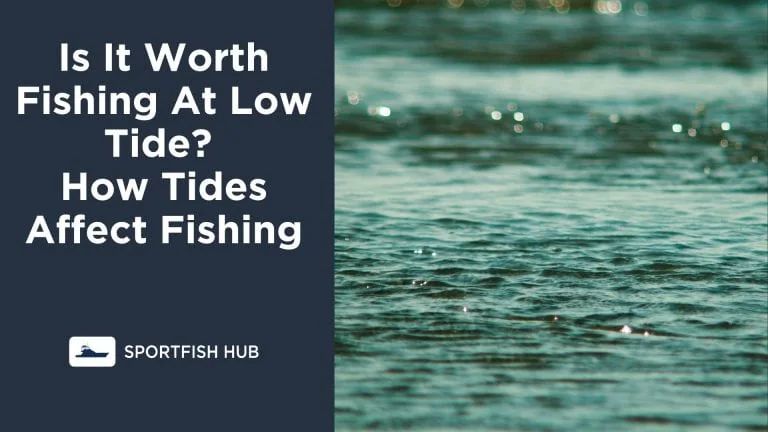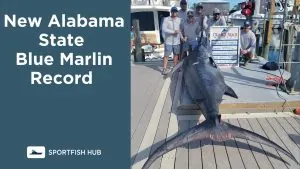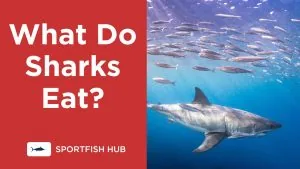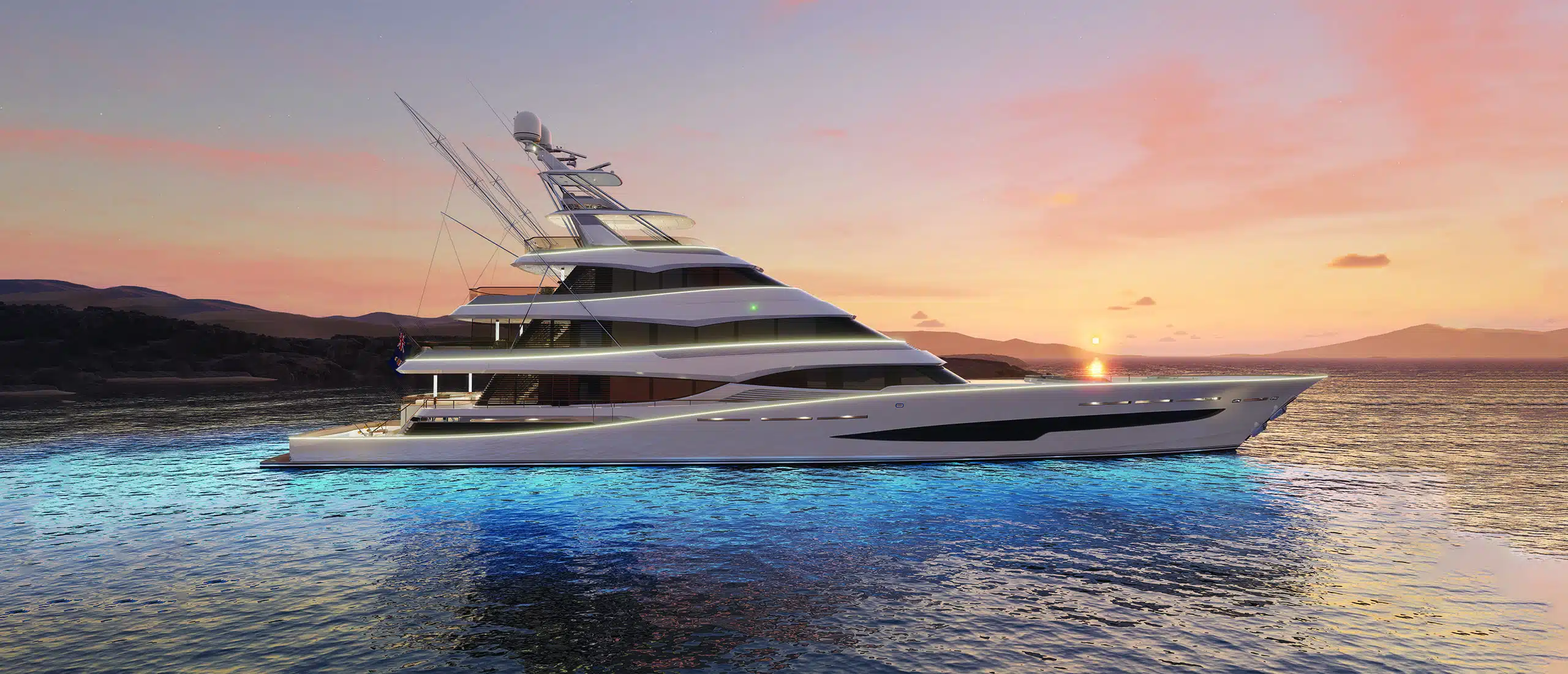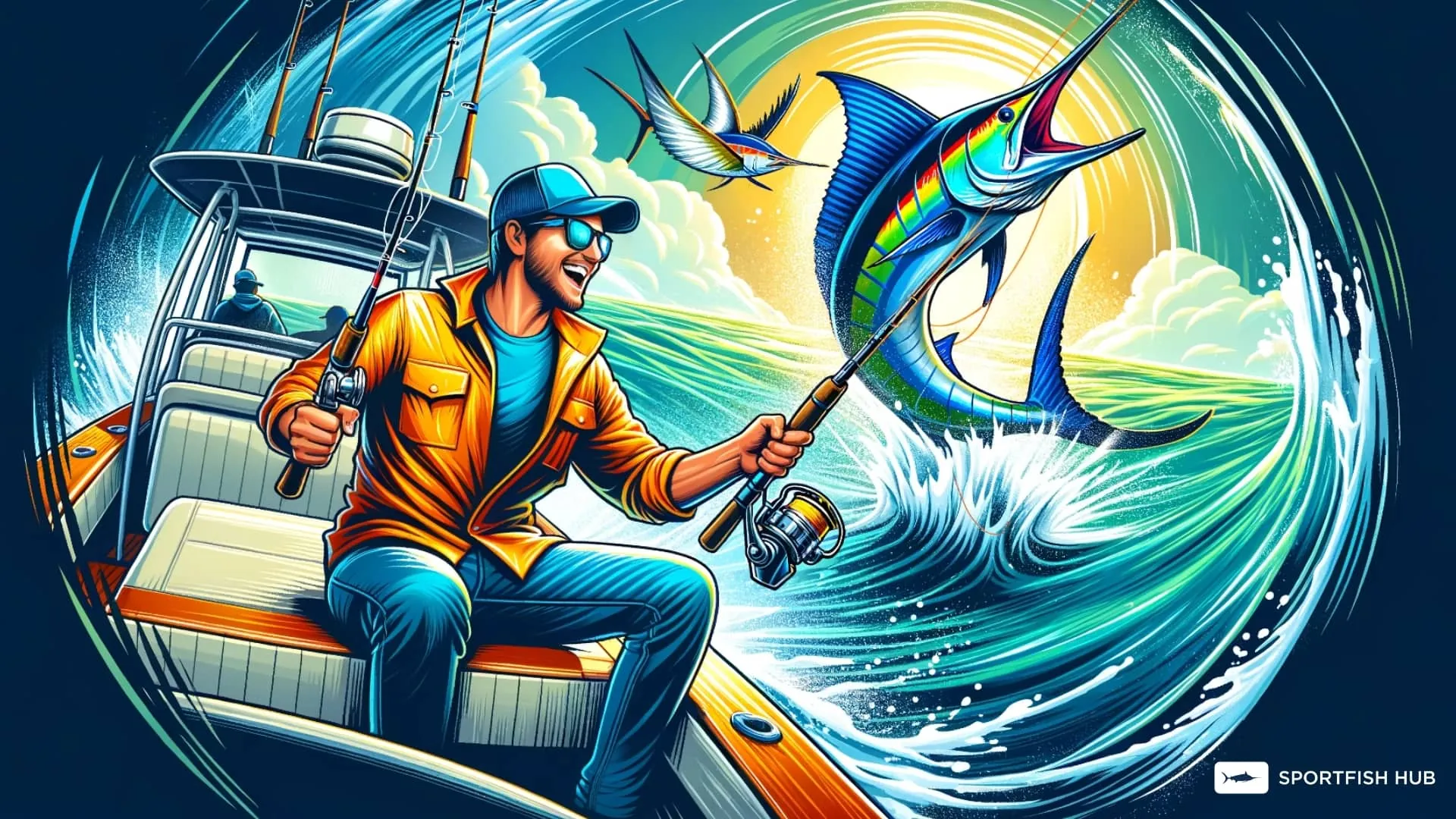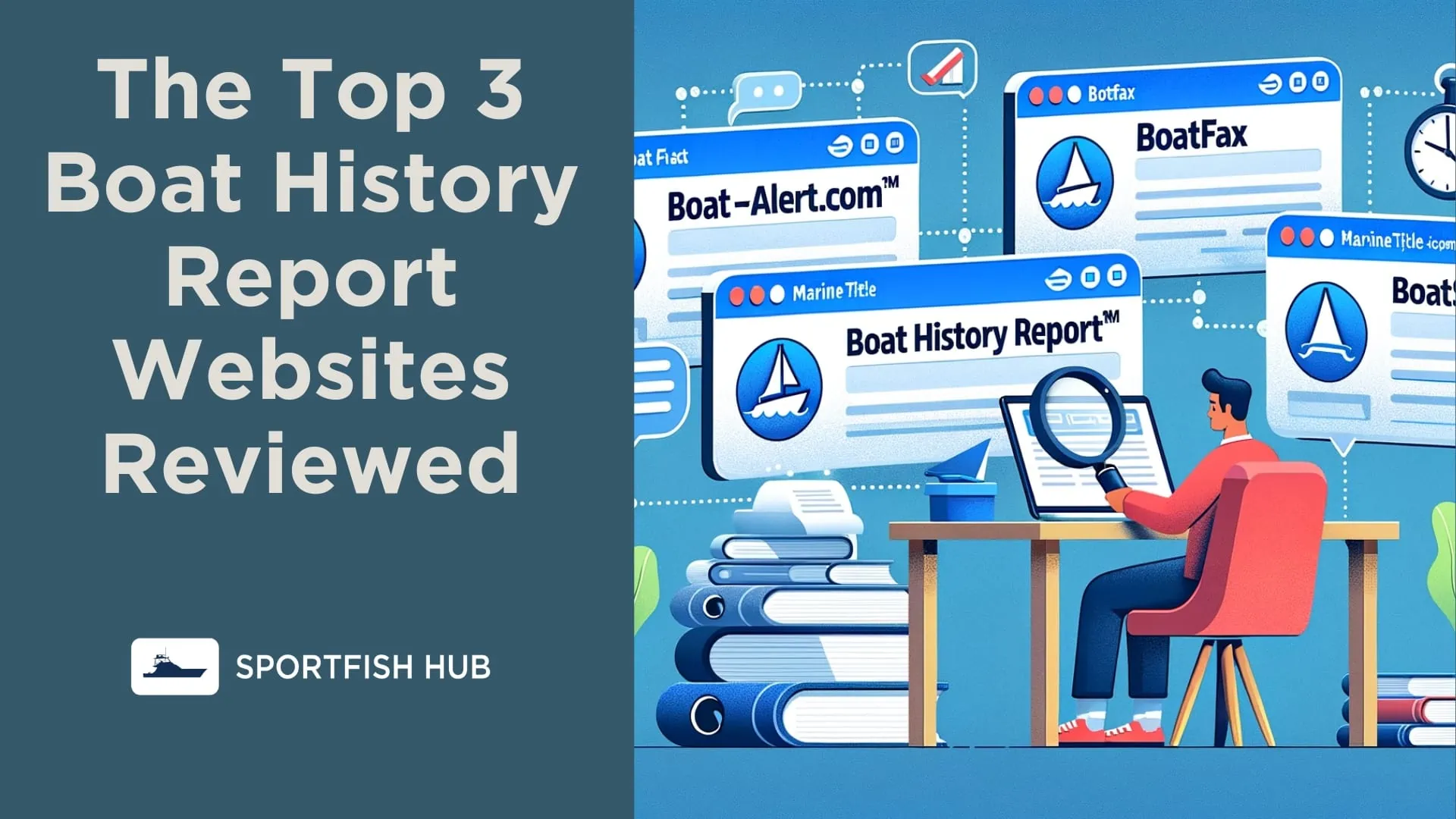Fishing during moving tides versus slack water can make a huge difference in catching fish, but is it worth fishing at low tide?
Understanding how tides affect fish behavior is key to being successful anglers. This article will cover when the best times are to fish different tides and what techniques work for specific tide conditions.
Key Takeaways on Fishing Different Tides
| Takeaway | Description |
|---|---|
| Moving tides are best | Target incoming or outgoing currents when fish are active |
| Incoming tide is optimal | Fish feed aggressively inshore on rising tide. Target the first hours. |
| Outgoing tide hotspots | Fish structure as outgoing sweeps baitfish out |
| Adjust at low tide | Fish deeper holes, slow presentations down |
| High tide access | Target flooded mangroves, flats at high tide |
| Tackle changes | Lighter tackle at high, finesse at low tide |
| Follow the food | Fish where tide concentrates baitfish around structure |
| Time prime windows | Check tide charts to capitalize on moving tides |
| Know target species | Learn behavior at different tides to maximize success |
Best Tide for Fishing: Moving Tides
The best tides for fishing are moving tides, either incoming or outgoing. Moving water concentrates food sources and triggers predators to feed actively. Target areas where currents carry baitfish past structure to ambush feeding gamefish.
The incoming tide is considered the best tide to fish as fish aggressively hunt inshore flats, mangroves and backwaters. As water rises over shallow areas, fish move in with the current to feed. Focus on fishing the first few hours of the incoming tide for the most action.
You might also be interested in reading: The best moon phases for fishing success.
Outgoing tide can also be excellent as it sweeps food sources out into channels for predators waiting to ambush. Fish deep structure like docks or creek mouths as outgoing currents pass by. The last hours of outgoing can be very productive.
Low tide fishing can be challenging but switching tactics to target deep areas and structure can still produce fish. Slow down presentations with finesse baits on jigheads and spoons.
How Do Tides Affect Fishing?
Tides are the vertical rise and fall of ocean water caused by the gravitational pull of the moon. As tides come in and out, fish move around in predictable ways.
Incoming tides bring in clean ocean water with more oxygen. This encourages fish to become active and feed in shallow areas like flats and mangroves as water rises over them. Target flats as the tide starts rising to catch fish moving in with the current.
A rising tide is a great time to fish as water levels are increasing, inundating structure and bringing food sources into estuaries. Fish will follow the rising tide in towards shorelines and shallows to feed.
Outgoing tides carry food sources like shrimp and baitfish out of estuaries into channels and creeks. Predators will wait to ambush prey at structure like docks or the mouths of estuaries. Drift or anchor to fish outgoing currents around structure.
A falling tide is when water levels are decreasing as the tide goes out, pulling forage fish away from shallows towards deeper channels and basin areas. Gamefish will follow the falling tide out to continue feeding.
Slack tides are brief periods when water stops moving between incoming and outgoing tides. Fish become less active during slack water since baits are stagnant. Take a break from fishing during slack tides.
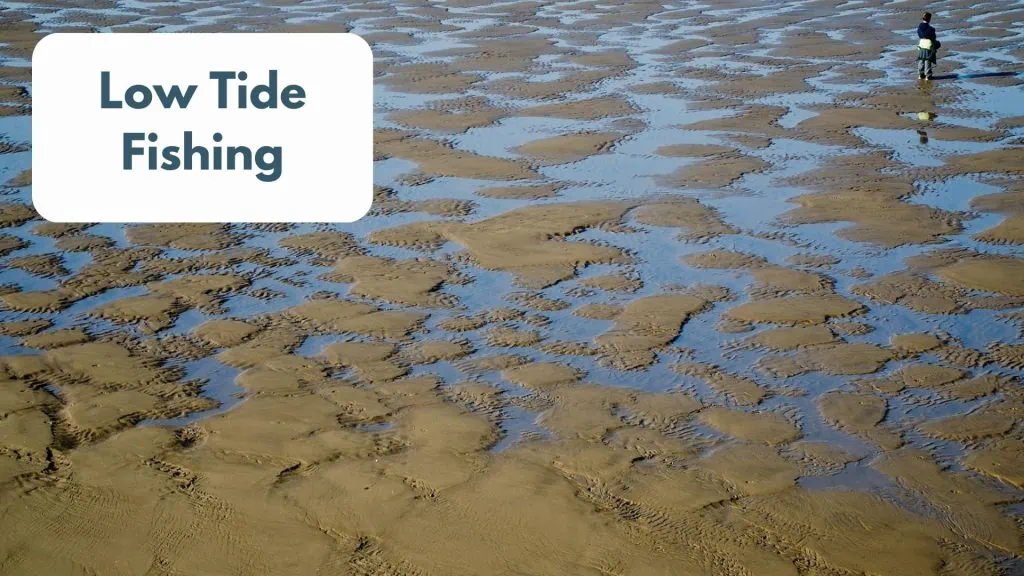
Low Tide Fishing
During low tide, water levels are at their lowest point. Fish retreat from exposed shallows into holes, channels and deeper structure. Low tide can make catching fish more challenging.
- Fish deep tidal pools and channels where fish concentrate during low tide. Focus on finding deeper areas where fish have nowhere else to go.
- Downsize baits and lures and slow down retrieval since fish are less active. Finesse presentations are key to getting bites.
- Look for structure like docks, oyster bars and creek mouths with adjacent drop-offs where fish hold in deeper water.
- Wind can help generate water movement to get fish feeding. Position yourself so wind pushes currents along structure.
- Wading and kayaks allow accessing skinny water pockets missed at high tide. Sight fish species like redfish and snook in ultra shallows.
- Target slower moving bottom fish like flounder, grouper and snapper during low tide around structure. Fish baits and jigs along channel edges and structure.
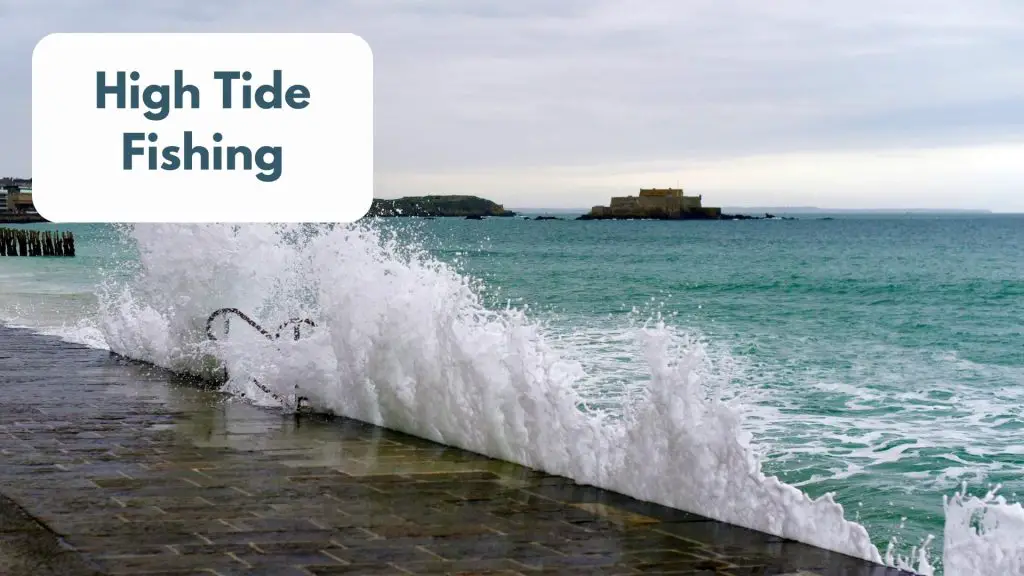
High Tide Fishing
During a high tide, water levels rise to their highest point, flooding mangroves, shorelines and flats. Fish spread out and patrol larger areas searching for food sources.
- Fish can access shallow areas impossible at low tide. Target flats, mangroves and backwaters as fish move in.
- Lighter leaders and more natural baits work better since fish can see better in cleaner high tide water.
- Position between deep edges and flooded shorelines to intercept fish moving onto flats or structure.
- As water gets high, fish may get pushed into cover like docks and bridges. Target these ambush spots.
- Incoming tide brings in cooler ocean water. Fish early when temperatures are optimal before water warms up.
- Focus on sight fishing species like snook, redfish and speckled trout that cruise flooded mangrove shorelines and flats.
High Tide or Low Tide For Catching More Fish?
- Incoming tide is the overall best tide to fish as fish are most active feeding inshore.
- Target outgoing tides around current breaks, creek mouths and structure.
- Low tide requires changing techniques to deeper areas and slower presentations.
- High tide allows accessing shallow areas with lighter tackle before the water warms up.
- Check tide charts to plan around optimal moving tide windows for your area.
Tips for Fishing High or Low Tide
- Moving tides concentrate baitfish, triggering predators to feed aggressively.
- Slack water when tides change causes fish to become less active.
- Rising tides flood structures like mangroves and flats, bringing food sources inshore.
- Outgoing tides pull prey from estuaries out into channels and the lower parts of creeks.
- Adjust baits and techniques between high and low tide. Finesse tackle is needed at low tide when fish are less active.
- Low tide requires adjusting locations to deeper pools, channels and structures.
- High tide allows accessing the skinniest water and using lighter tackle before warmth shuts down the bite.
- Focus on sight fishing species like redfish, snook and trout in shallows at high tide.
- Target bottom dwellers like grouper, snapper and flounder during low tide around structure.
- Fish early in the tide for the most action. Start of Waxing Tide and end of outgoing are prime times.
- Advancing tide flooding mangroves, flats and shorelines pulls predators inshore to feed.
- Outgoing tide carries forage fish into ambush zones like creek mouths and current breaks.
- Look for areas where tide flows get concentrated around points, ledges and oyster bars during moving tides.
- Tackle and bait selection changes between high and low tides. Heavier jigs and live bait work well at low tide.
- Check tide charts each morning to have an optimal game plan for fishing different tide stages.
- Involve local fishing enthusiasts to learn the best spots to target during various tidal conditions.
Tackle and Bait Selection by Tide
| Tide | Lure/Bait | Leader | Retrieve |
|---|---|---|---|
| Rising | Topwaters, jigs | Lighter fluorocarbon | Steady, moderate |
| Outgoing | Spoons, soft plastics | Heavier monofilament | Slow, bouncing |
| High | Live shrimp, baitfish | As light as possible | Slow, natural |
| Low | Jigs, cut bait | Stronger fluorocarbon | Slow, along bottom |
Popular Inshore Species Based on Tides
Understanding what types of fish are likely to be feeding during different tides can help anglers be more successful. Here are some top inshore species and when the best times are to target them:
- Redfish – These popular sportfish become very active on high, rising tides when they cruise shallow flats and shorelines looking for crabs and baitfish. Go fishing for redfish early on a rising tide in shallow water around mangrove edges and sandy flats.
- Snook – Another great shallow water species, snook ambush prey along mangrove shorelines, dock lights and tidewater mouths during moving tides. Early morning and late afternoon around high tide is prime time to find snook in the shadows and edges of structure.
- Speckled Trout – Often found schooling on grass flats, speckled trout feed aggressively at dawn on flooding high tides. A fisherman casting topwaters over the flats at first light can connect with some nice trout.
- Flounder – Bottom-dwelling flounder lay motionless waiting to ambush prey as tides carry it by. Fish for flounder around sandy potholes and channel ledges on outgoing tides when the current is moving.
Conclusion
Understanding tide phases is key to saltwater fishing success. Pay attention to tide charts and fish optimal moving tide windows to maximize your time on the water. With the right tide, location and techniques, you’ll be reeling in saltwater species in no time!
FAQ
-
Is it worth fishing at low tide and how does it affect the types of fish available?
Yes, it’s worth fishing at low tide even though the types of fish available may vary. During low tide, inshore fish tend to move out to deeper water. As the bait gets concentrated in fewer areas, this could potentially bring game fish into predictable spots making it easier to find fish. Therefore, fishing at low tide can yield good results, especially if you know where to look.
-
How does the current affect fishing at low tide?
The current can greatly affect your fishing trip at low tide. As the tide drops, water moves from the beach towards deep water, creating a current. Fish tend to go with the current and they feed more as the current gets stronger. So a stronger current during fishing tide could mean more fish activity.
-
How can a tide app help when fishing at Ebb Tide?
A tide app can greatly assist in your fishing activities. It provides the exact times for low and high tides, helping you to plan your fishing trip effectively. Most importantly, it can predict when it’s usually the best time for you to fish, based on the tide and lunar phases. This is particularly helpful scheduling a fishing trip during flooding tide, which many anglers view as the best time for surf fishing.
-
Is there a particular bait that works better for fishing in low tide?
The bait used for fishing in low tide would depend on the fish species in the area. However, as many inshore species move to deeper water during this time, using bait that mimics their natural food sources in deeper water can be beneficial. This might include baitfish, crabs, or other crustaceans.
-
Are there particular fishing techniques to use at low tide?
Yes, there are fishing techniques that can prove successful at low tide. Offshore fishing can be fruitful during low tide as many types of fish migrate to deeper water during this period. It’s also beneficial to focus on channels and deep pools where fish are likely to congregate when the tide gets low.
-
Is low-tide fishing better in certain types of bodies of water?
Yes, you might find more success in certain types of bodies of water during low tide. For example, areas with marshy inlets or small channels can become prime feeding grounds for certain types of fish during low tide, making them prime fishing spots. Beaches and surf zones can also be great places for low-tide fishing.
-
How can I find fish better during a Waning Tide?
During low tide, fish often retreat to deeper water. Thus, focusing your efforts around deeper channels or holes that might retain more water can prove successful. Understanding the characteristics of your fishing spot and the behaviors of the fish around the tide changes can also help fishing during a low tide time.
-
Does low or high tide affect the size of the fish I can catch?
Not necessarily. The size of the fish you can catch is more relative to the species that are in the area, the available food sources, and the season. However, different tides can affect the location and activity level of different fish species. So understanding the fish species in your area and how they relate to the tides can effectively optimize your fishing trip.

